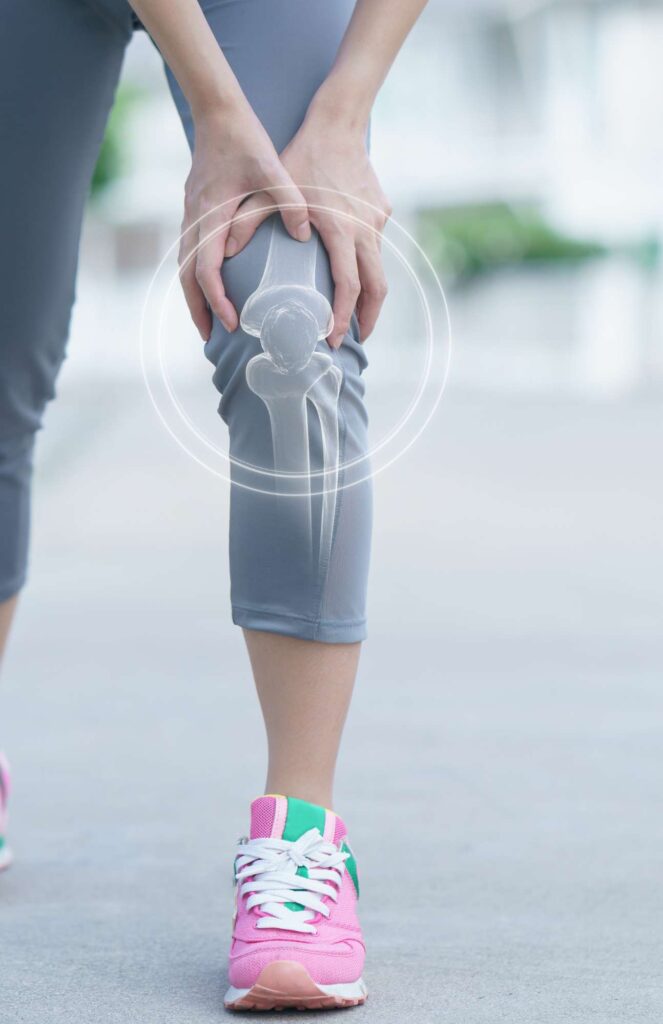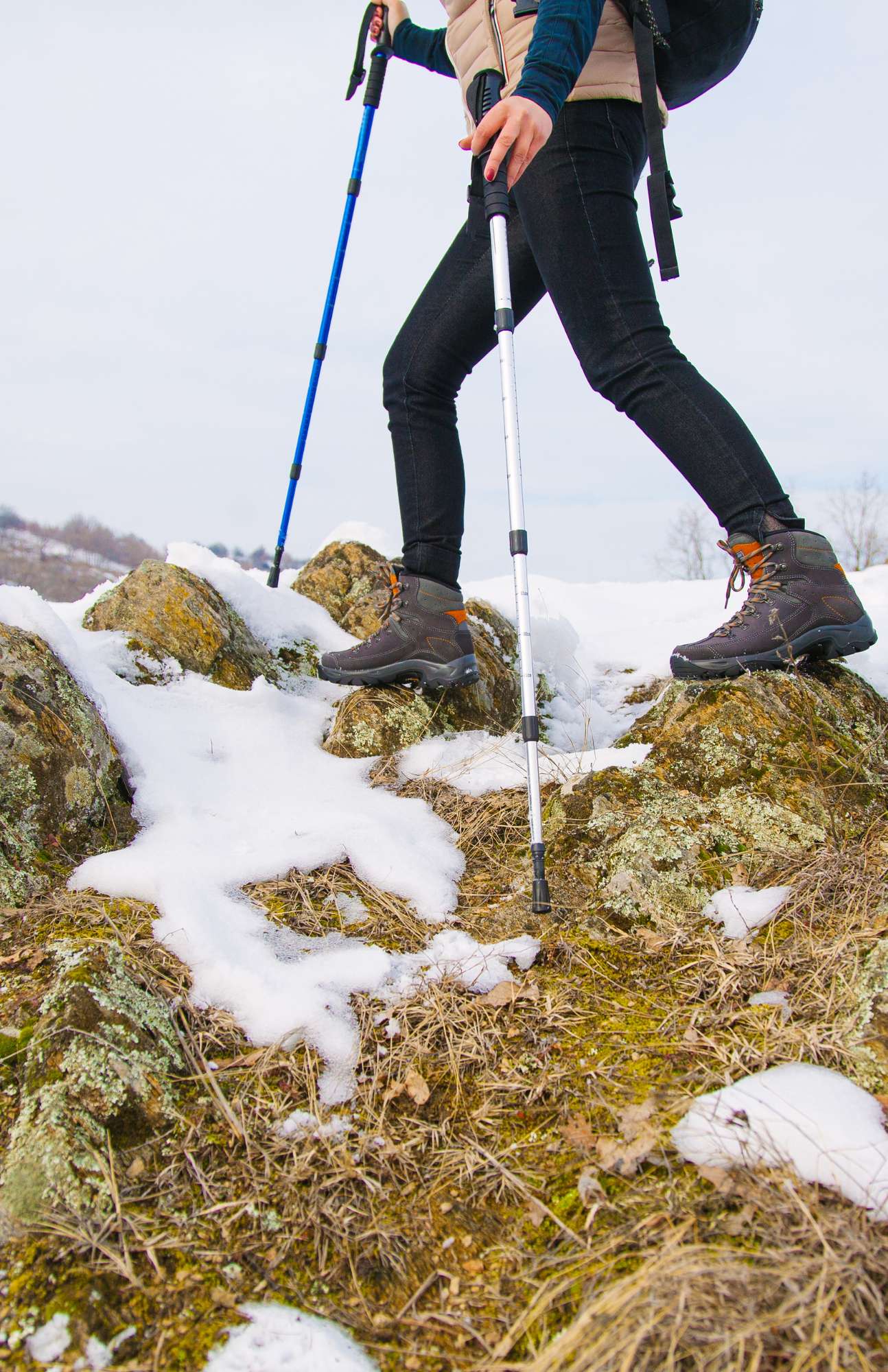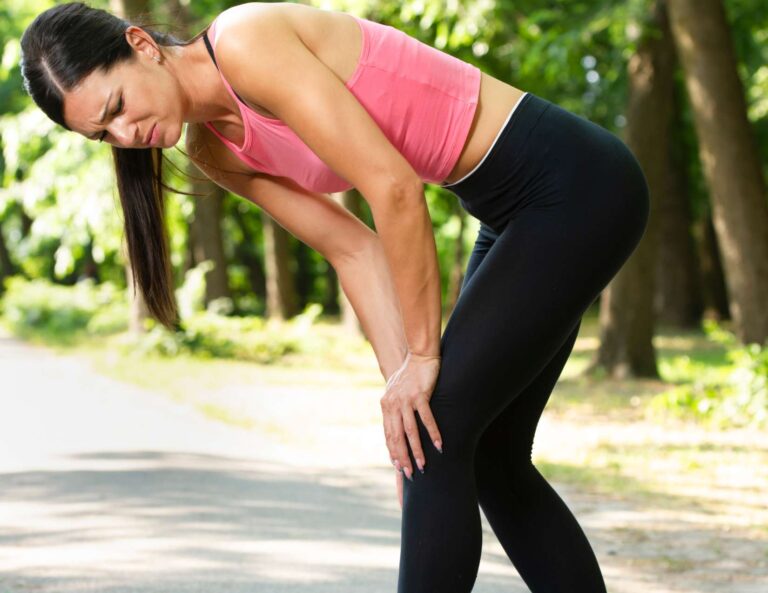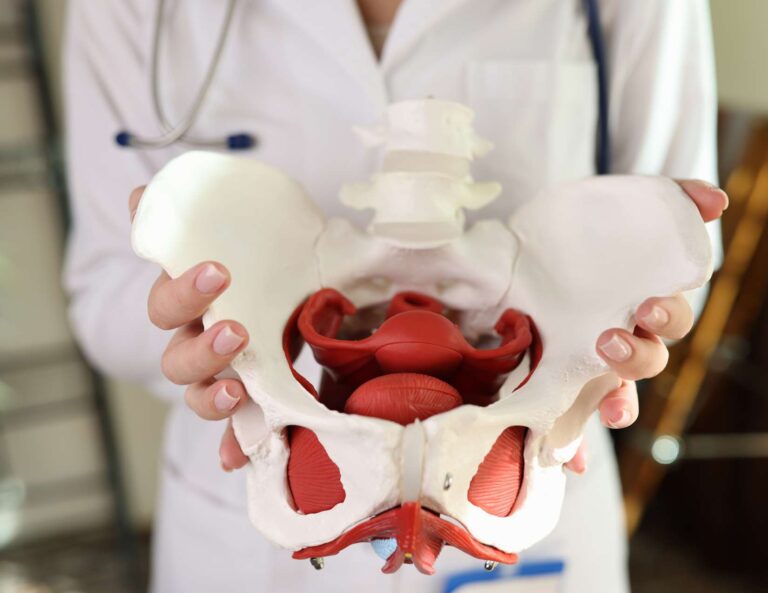Winter Pain: Why does my knee hurt when it’s cold?
As the temperature drops and the winter season sets in, many of us find ourselves experiencing aches and pains throughout our bodies. One common complaint is knee pain, which seems to worsen when it’s cold outside. If you’ve ever wondered “why does my knee hurt when it’s cold?”, you’re not alone. In this article, we will delve into the mysteries of this phenomenon and explore the various factors that contribute to knee pain in cold weather.
Table of Contents
Understanding the anatomy of the knee
Before we can answer your question,”why does my knee hurt when it’s cold?”, it’s important to have a basic understanding of the knee’s anatomy. The knee joints are a complex structure consisting of bones, cartilage, ligaments, tendons, and muscles. It is responsible for providing stability, flexibility, and support to our legs.
The knee joint is made up of the femur (thigh bone), tibia (shin bone), and patella (kneecap), which are held together by a network of ligaments. The ends of the bones are covered with a layer of smooth cartilage, which helps to reduce friction and absorb shock.

Why does my knee hurt when it’s cold?
The winter months can have a profound effect on the knee joint. When the temperature drops, the blood vessels constrict, resulting in decreased blood flow to the extremities, including the knees. This reduced blood flow can lead to stiffness and discomfort in the knee joint.
Additionally, the cold weather can cause the synovial fluid in the knee joint to thicken, making it less effective in lubricating the joint. As a result, the knee may feel stiff and achy, especially during movement.
Barometric pressure changes associated with cold weather can also contribute to knee pain and stiffness. When the barometric pressure drops, it creates a vacuum-like effect which can cause fluids in the joint to expand, resulting in increased inflammation. This expansion can further lead to increased pain and discomfort in the knee joint.
Furthermore, the drop in temperature can also cause the muscles and tendons around the knee to tighten up, leading to increased pressure on the joint. This can further exacerbate knee pain in cold weather.
The combination of reduced blood flow, thickened synovial fluid, and tightened muscles can make the knee more susceptible to injury and inflammation.

Common causes of knee pain in cold weather
There are several common causes of knee pain that can be exacerbated by cold weather.
One of the most common causes is osteoarthritis, a degenerative joint disease that affects millions of people worldwide. Osteoarthritis occurs when the protective cartilage (which acts as a shock absorber) in the knee wears away, causing the bones to rub against each other. Cold weather can worsen the symptoms of osteoarthritis, leading to increased pain and stiffness in the knee joint.
Another common cause of knee pain in cold weather is patellar tendonitis (aka jumper’s knee), which occurs when the tendons around the knee become inflamed or irritated. The cold temperatures can cause the tendons to become stiff and less flexible, increasing the risk of tendonitis.
A condition called patellofemoral pain syndrome (aka runner’s knee) can also cause knee pain in cold weather. This condition is caused by a misalignment of the patella (kneecap) and the femur (thigh bone). The increased tension on the patella due to the misalignment can become more pronounced in colder temperatures, leading to greater pain and discomfort.
Additionally, injuries such as ligament tears or meniscus tears can also cause knee pain that worsens in cold weather.
Medical conditions associated with knee pain in cold weather
In addition to common causes, there are several medical conditions that are associated with knee pain in cold weather.
Rheumatoid arthritis, an autoimmune disease that causes inflammation in the joints, can lead to increased knee pain when exposed to cold temperatures.
Gout, a form of arthritis caused by an accumulation of uric acid crystals in the joints, can also cause knee pain that worsens in cold weather.
Other conditions, such as bursitis and patellofemoral pain syndrome (aka runner’s knee), can also contribute to knee pain in cold weather.
Tips for managing knee pain in cold weather
While knee pain in cold weather can be challenging to manage, there are several strategies that can help alleviate discomfort when you ask yourself, “why does my knee hurt when it’s cold?’ One of the most effective (and obvious) ways to manage knee pain is to keep the knee warm.
Wearing knee braces or wraps can provide insulation and help retain heat around the joint. Additionally, applying heat packs or warm compresses to the knee can help increase blood flow and reduce stiffness.
Engaging in regular exercise and physical therapy can also be beneficial for managing knee pain in cold weather. Strengthening the muscles around the knee can provide added support and stability to the joint.
Low-impact exercises such as swimming or cycling can be particularly helpful for maintaining joint health without putting excessive stress on the knee.

Home remedies for relieving knee pain in cold weather
In addition to the strategies listed above, there are several home remedies that can provide relief from pain when you ask, “why does my knee hurt when it’s cold?”
One popular remedy is the use of magnesium flakes or Epsom salt baths. Soaking the knee in warm water mixed with Epsom salt can help reduce inflammation and alleviate pain. Take warm baths are also a great stress reliever and mood booster if you’re experiencing seasonal affective disorder (SAD) during the colder months.
Using ice and heat for knee pain relief is also an effective option. Applying ice packs to the knee can reduce inflammation and swelling, while a heating pad can help loosen tight muscles and improve blood flow. Try alternating between hot and cold treatments for a more holistic approach to pain management.
Incorporating natural supplements into your diet may also be beneficial when trying to target knee pain in cold weather. Taking glucosamine supplements and consuming food with anti-inflammatory properties, such as omega-3 fatty acids and turmeric, can reduce an inflammatory response in the joints.
Along with natural supplements, massage therapy is another great way to help improve mobility and manage knee pain.
Another effective home remedy is the application of topical creams or ointments that contain ingredients like menthol or capsaicin, which provide a warming sensation and help to numb the pain.
Speaking of topical pain relievers, I’ve seen great results after using arnica based products and Biofreeze. Here’s a direct comparison between Arnica vs. Biofreeze for further reading!
Usind CBD for weather-related joint pain is also gaining popularity. There is evidence that CBD can help reduce inflammation and soothe pain, as well as provide an overall sense of calmness.
Maintaining a healthy weight is also crucial for managing knee pain. Excess weight puts additional strain on the knee joint, which can worsen pain, inflammation and joint stiffness.
Eating a balanced diet and engaging in regular exercise can help maintain a healthy weight and reduce the burden on the knees.
Wearing compression bands for the knee can also support the joint and reduce pain. It is important to select the right size band, as an ill-fitting one may not provide adequate support.
Finally, getting enough rest and avoiding activities that put too much strain on the knee are both key components of managing knee pain in cold weather.
When to seek medical attention for knee pain in cold weather
While many cases of knee pain in cold weather can be managed with self-care measures, there are instances where medical attention may be necessary. If you always find yourself asking, “why does my knee hurt when it’s cold?” and the knee pain is severe, persistent, or accompanied by other symptoms such as swelling, redness, or loss of mobility, it is important to consult a healthcare professional.
There is a specific test that is important to get due to the effects of cold weather, such as checking your vitamin d level. A lack of vitamin D can contribute to bone pain and degeneration.
They can perform a thorough evaluation and determine the underlying cause of the knee pain. Depending on the diagnosis, they may recommend further tests, medications, or seeing an orthopedic surgeon and/or a physical therapist to alleviate the symptoms and prevent further damage.

Prevention strategies for knee pain in cold weather
Prevention is always better than cure, and there are several strategies that can help prevent knee pain in lower temperatures. Staying active and maintaining a regular exercise routine can help keep the knee joint strong and flexible.
Wearing appropriate footwear with good support for the knee can also help reduce the risk of knee injuries and is optimal for weight-bearing joints.
Additionally, avoiding activities that put excessive stress on the knees, such as running on hard surfaces or jumping, can help prevent you from asking, “why does my knee hurt when it’s cold?”
It is also important to dress appropriately with the onset of cold weather. Wearing warm clothes, including thermal leggings or knee sleeves, can help keep the knee joint warm and protected from the cold. Layering up and wearing appropriate outerwear can also help maintain overall body temperature, which can indirectly benefit the knee joint.
Conclusion
In conclusion, many individuals notice changes in their bodies relating to weather. So, you’re not the only one asking yourself, “why does my knee hurt when it’s cold?” The combination of reduced blood flow, thickened synovial fluid, and tightened muscles can contribute to increased knee pain and discomfort in cold temperatures.
Understanding the anatomy of the knee and the common causes of knee pain can help shed light on this phenomenon. By implementing strategies such as keeping the knee warm, engaging in regular exercise, and seeking medical attention when necessary, individuals can effectively manage and prevent knee pain in cold weather.
Remember, taking care of your knees is essential for maintaining an active and healthy lifestyle, regardless of the weather.






